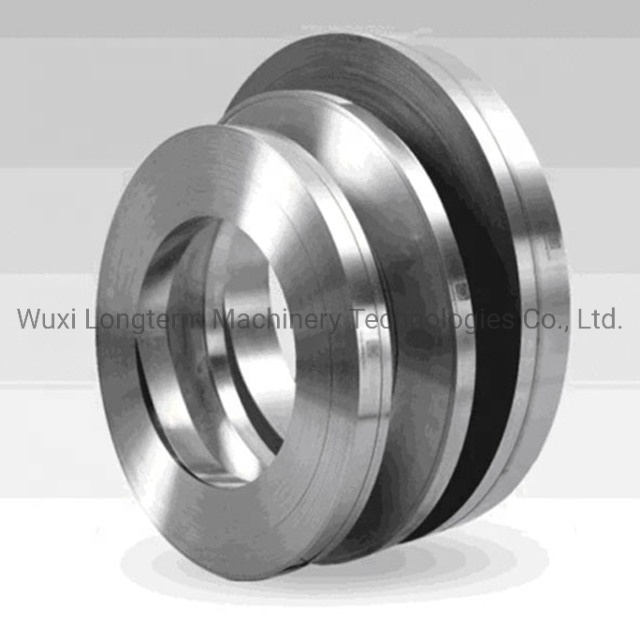| Quantity: | |
|---|---|
LTM-SS
1 Ton
Process Service
Technical Treatment
Roll
depend on demands
HLT
Jiangsu, Wuxi
72202040
1000 Ton/ Quater
US$ 10/Piece 1 Piece(Min.Order) | Request Sample
Product Description




| Typical Mechanical Properties | |||||
| Classification | Type | Yield Strength Mpa | Tensile Strength Mpa | Elongation % | Hardness HV |
| Austenitic | SUS 201 | 245+ | 635+ | 40+ | 253- |
| SUS 301 | 205+ | 520+ | 40+ | 200- | |
| SUS 304 | 205+ | 520+ | 40+ | 200- | |
| SUS 304L | 175+ | 480+ | 40+ | 200- | |
| SUS 305 | 175+ | 480+ | 40+ | 200- | |
| SUS 309S | 205+ | 520+ | 40+ | 200- | |
| SUS 310S | 205+ | 520+ | 40+ | 200- | |
| SUS 316 | 205+ | 520+ | 40+ | 200- | |
| SUS 316L | 175+ | 480+ | 40+ | 200- | |
| SUS 317 | 205+ | 520+ | 40+ | 200- | |
| SUS 321 | 200+ | 520+ | 40+ | 200- | |
| Ferritic | SUS 409 | 205+ | 380+ | 22+ | 200- |
| SUS 430 | 205+ | 450+ | 22+ | 200- | |
| SUS 430LX | 175+ | 365+ | 22+ | 200- | |
| Martensitic | SUS 410 | 175+ | 440+ | 20+ | 210- |
| SUS 410S | 175+ | 410+ | 20+ | 200- | |
| SUS 420J | 225+ | 520+ | 18+ | 234- | |
| SUS 440A | 245+ | 590+ | 15+ | 270- | |








Home / About Us / Products / Request For Quote / FAQ / Contact Us / Sitemap